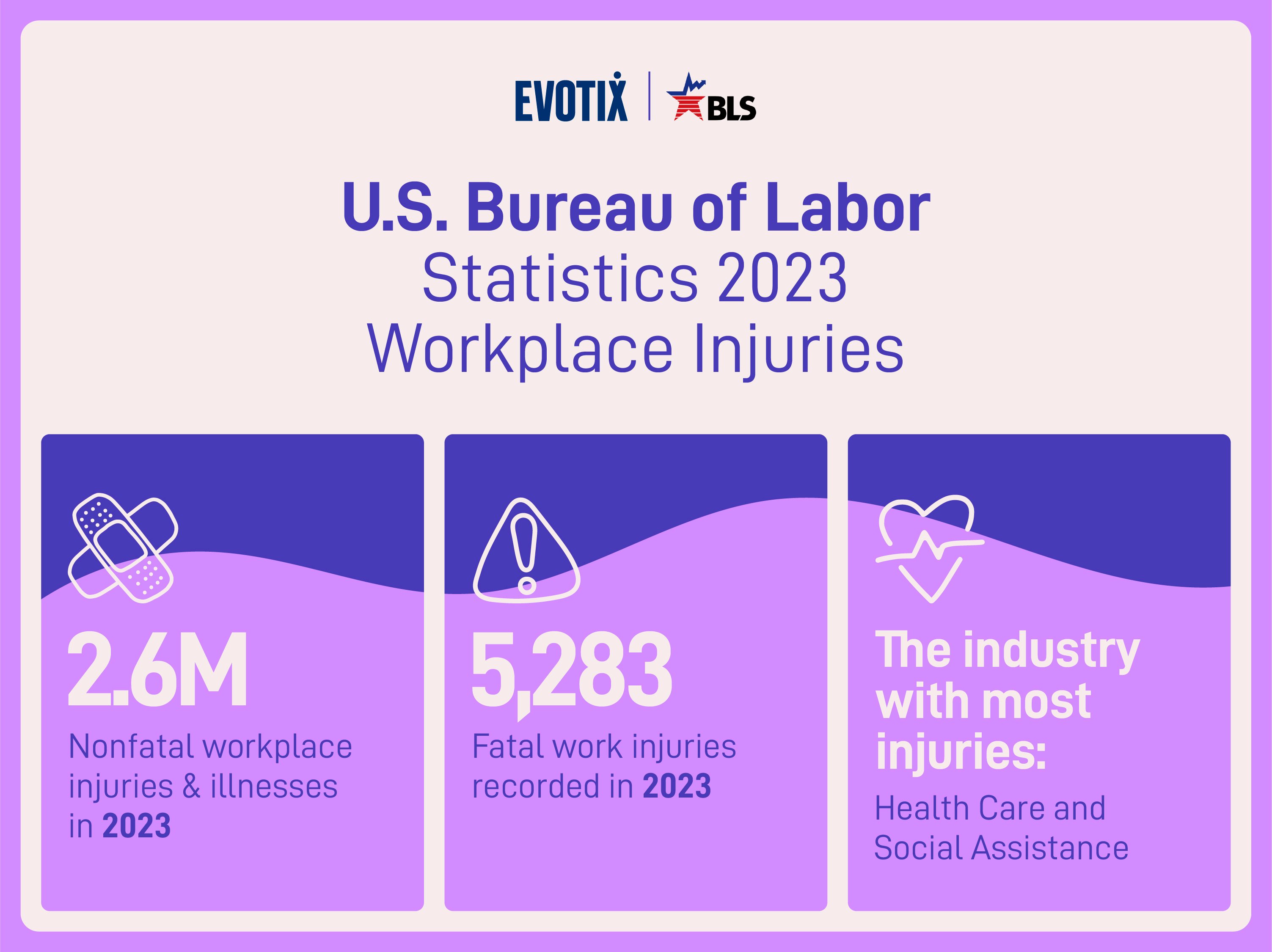Contents
Navigating Change: A Year-End Reflection for EHS&S Professionals
11 January 2024
The end of each year brings about many different feelings for EHS&S professionals. We experience anxiety for tasks that still need to get done, we reflect on the previous year and our focus shifts to planning for continuous improvement in the year ahead. These annual considerations shape our perspective and drive us to enhance our practices in the ever-evolving field of environmental, health, safety and sustainability.
For the most part, we understand what our organizations goals and plans are for being healthier and safer, but I challenge you to ask yourself: is it actually anything different from previous years? In other words, is your company focused on continuous improvement and making an effort to be better, or is it just in cruise control mode? Is health and safety embedded at the heart of your organization? Or is it not really a focal point unless it inhibits ultimate profitability?
As EHS&S professionals, most of our goals center around ensuring we have minimal incidents (i.e., injuries, illnesses, fatalities, property damage, etc.) while doing everything we can to confirm our employees are practicing a “safe operations” mindset in their day-to-day work. This involves enabling greater awareness and creating relevant programs, policies and procedures that everyone can understand and adhere to. Regrettably though, that doesn’t always work. Often, processes become overcomplicated and too convoluted for employees to follow.
Recently, the Bureau of Labor Statistics (BLS) released the numbers of employer-reported workplace injuries and illnesses, as well as fatal occupational injuries. Whereas non-fatal injuries and illnesses have remained relatively unchanged over the last few years, the number of fatalities in the U.S. has increased from 5,190 in 2021 to 5,486 in 2022, marking the highest count in the last 10 years.
This begs the question we mentioned earlier; if we are really focusing on continuous improvement, would we still be experiencing an increase in serious injuries and fatalities (SIFs)? Furthermore, would we still be seeing a plateau of nonfatal injuries and illnesses?
The short answer is probably not.
This doesn’t mean we are immune to failure occurring, but what it does mean is when failures do happen, we make sure they happen at acceptable levels. This seems like common sense, but in most cases, it’s more challenging than we think. First off, we usually say failure of any kind is unacceptable, but that isn’t necessarily accurate. Failures happen every day and many never lead to adverse consequences. For our organizations to continue growing, we need to be better and purposeful about how we define and view failure.
Second, it’s crucial to become more thorough about conducting work task analyses. More than just creating various job hazard analyses, how often do we look at the entire job task and consider what controls must be in place to prevent any catastrophic incidents? By recognizing and comprehending what the entire task entails, workers can be better prepared for conducting the job in the safest manner possible. Beyond just identifying hazards and understanding how they can affect the job, it’s about employees being well-versed in the task and able to identify where deviation could occur.
Envisioning a transformative future for our organizations demands a collective commitment to introspection and realistic goal setting. As we navigate the concerning rise in fatalities and the consistent occurrence of nonfatal occupational injuries and illnesses, the key lies in recognizing that the path to improvement is uniquely shaped by the distinct cultural fabric of each organization. It is this understanding that will guide us toward not just being different, but better in protecting the well-being of our workforce.
Interested in diving into some of our anticipated EHS&S trends for 2024? Check out our press release: Evotix Shares Five Hot EHS&S Trends for 2024

Global EHS Specialist
Langdon Dement is a Global EHS Specialist at Evotix where he coaches organizations in general health and safety, ergonomics and change management with leadership. Dement is a Certified Safety Professional (CSP) and holds a master's in occupational health and safety from Murray State University. He is also a member of the American Society of Safety Professionals and the American Industrial Hygiene Association. He is renowned across the industry for his expertise in organizational EHS transitioning and development of EHS software solution tools. Dement is also the host of the popular health and safety podcast, “Two Bald Guys Talking Safety.”
RELATED BLOGS

Bureau of Labor Statistics Releases 2023 Fatal and Nonfatal Injuries and Illnesses Report
16 January 2025 - Langdon Dement
The start of a new year offers the perfect opportunity for reflection. It's a chance to celebrate progress, assess past challenges and identify areas for improvement. As EHS professionals, we take..

How To Prepare for an EHS&S Solution Evaluation
5 August 2025 - Langdon Dement
When selecting EHS software, it’s important to choose a solution that aligns closely with your organization's unique processes. While many vendors offer tools that promise a range of benefits, the..

Why You Should Care About the Bureau of Labor Statistics
20 December 2021 - Langdon Dement
It’s that magical time of year again. A time of insight; a time of recollection; a time of lagging indicators; a time of Bureau of Labor Statistics (BLS) injury and illness information. The data is..
